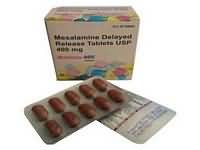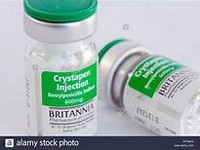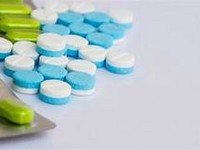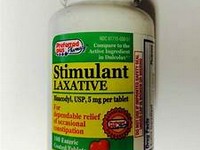Mesalazine

CLINICAL USE
Induction and maintenance of remission in ulcerative colitisDOSE IN NORMAL RENAL FUNCTION
Dose depends on preparationPHARMACOKINETICS
DOSE IN RENAL IMPAIRMENT
GFR (mL/MIN)
DOSE IN PATIENTS UNDERGOING RENAL REPLACEMENT THERAPIES
IMPORTANT DRUG INTERACTIONS
Potentially hazardous interactions with other drugsADMINISTRATION
Reconstition
–Route
Oral, PRRate of Administration
–Comments
–OTHER INFORMATION
Mesalazine is excreted rapidly by the kidney, mainly as its metabolite N-acetyl-5-aminosalicylic acidNephrotoxicity has been reported Mesalazine is best avoided in patients with established renal impairment, but if necessary should be used with caution, and the patient carefully monitored
See how to identify renal failure stages according to GFR calculation
See how to diagnose irreversible renal disease
Home








